Table of content
Introduction
In the realm of culinary delights, salmon porridge stands as a testament to the harmonious blend of flavors and textures that can be achieved through meticulous cooking. This dish, while perhaps not as ubiquitous as its rice-based counterparts, offers a unique and nutritious alternative that is both comforting and elegant. Salmon, renowned for its rich omega-3 fatty acids, delicate flavor, and firm yet flaky texture, pairs beautifully with the creamy, soothing consistency of porridge. Whether you’re a seasoned chef or an enthusiastic home cook, mastering the art of cooking salmon porridge can elevate your culinary repertoire and delight the taste buds of your loved ones.
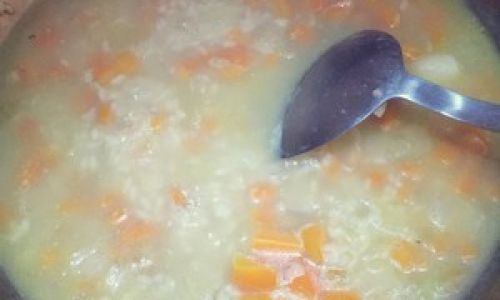
This comprehensive guide aims to demystify the process of crafting a perfect bowl of salmon porridge. From selecting the right ingredients to mastering the cooking technique, each step is meticulously detailed to ensure that you can recreate this dish with confidence and ease. So, let’s embark on this culinary journey together and explore the wonders of salmon porridge.

Choosing the Right Ingredients
The foundation of any successful dish lies in the quality of its ingredients. When it comes to salmon porridge, selecting the freshest salmon and highest-quality grains is paramount.
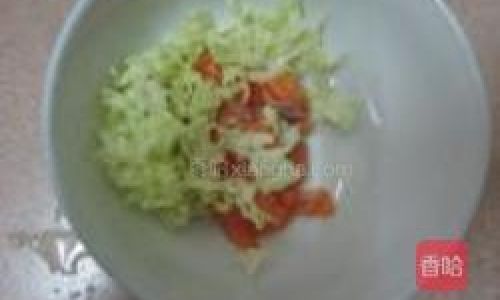
Salmon
- Freshness Matters: Opt for fresh, sustainably-caught salmon. Look for firm flesh with a vibrant color and a clean, fresh scent. Avoid salmon that has a dull appearance or an unpleasant odor.
- Fat Content: Salmon with a higher fat content, such as Atlantic salmon, tends to be more flavorful and moist when cooked. However, sockeye salmon, known for its rich color and robust flavor, is also an excellent choice.
- Boneless or Boned: For ease of preparation, choose boneless salmon fillets. If you prefer, you can also use salmon steaks, but be prepared to remove any bones before cooking.
Grains
- Porridge Base: Traditional porridge is made from grains like oats, barley, or rice. For a healthier twist, consider using whole grains or gluten-free alternatives like quinoa or buckwheat.
- Consistency: The consistency of your porridge is a matter of personal preference. Some prefer a thicker, heartier porridge, while others enjoy a thinner, creamier version. Adjust the amount of liquid accordingly.
Additional Ingredients
- Aromatics: Garlic, ginger, and shallots add depth and complexity to the dish. Fresh herbs like dill, parsley, or chives can be used for garnish.
- Dairy or Dairy-Free Options: Cream, milk, or a plant-based milk alternative like almond milk can be used to create a creamy base. For a richer flavor, consider using a combination of heavy cream and broth.
- Seasonings: Salt, pepper, and a pinch of white pepper enhance the natural flavors of the salmon and grains. For an extra layer of flavor, consider adding a splash of soy sauce, miso paste, or lemon juice.
Preparation and Cooking Techniques
Step-by-Step Guide
Preparing the Salmon
- Trim and Season: Trim any excess fat or skin from the salmon fillets. Season with salt, pepper, and your choice of aromatics. Let the salmon marinate for at least 15 minutes to allow the flavors to penetrate.
- Cooking Methods: You can cook the salmon in various ways: poaching, steaming, grilling, or pan-searing. For a gentle cooking process that preserves the delicate flavor and texture of the salmon, poaching or steaming is recommended.
Cooking the Porridge Base
- Rinse and Soak: Rinse the grains thoroughly under cold water. If using oats or barley, soaking them in water for 30 minutes to an hour can help soften them and shorten the cooking time.
- Boiling: In a large pot, bring water or broth to a boil. Add the grains and reduce the heat to a simmer. Stir occasionally to prevent sticking and to ensure even cooking.
- Consistency Check: Cook the grains until they reach your desired consistency. For a thicker porridge, cook longer until the grains are tender and the mixture has thickened. For a thinner porridge, add more liquid as needed.
Combining the Ingredients
- Adding Creaminess: Once the grains are cooked, stir in the dairy or plant-based milk. Continue to cook until the porridge reaches a creamy consistency.
- Incorporating the Salmon: If you’ve cooked the salmon separately, gently fold it into the porridge. Alternatively, you can poach or steam the salmon directly in the porridge for a more integrated flavor.
- Taste and Adjust: Season the porridge with additional salt, pepper, or your preferred seasonings. Taste and adjust as needed.
Finishing Touches
- Garnishing: Garnish the salmon porridge with freshly chopped herbs, a squeeze of lemon juice, or a drizzle of extra virgin olive oil. For an added touch of elegance, you can also top it with a dollop of sour cream, crème fraîche, or avocado slices.
- Serving: Serve the salmon porridge hot in bowls. For a heartier meal, pair it with a side of steamed vegetables, a green salad, or crusty bread.
Creative Variations and Tips
Variations
- Smoked Salmon: For a smoky flavor, use smoked salmon instead of fresh. This adds a unique depth of flavor to the porridge.
- Herb Infusion: Infuse the cooking liquid with fresh herbs like thyme, rosemary, or bay leaves for an aromatic twist.
- Vegetable Addition: Incorporate diced vegetables like carrots, celery, or bell peppers for added nutrition and texture.
- Spicy Kick: Add a splash of sriracha, tabasco, or your favorite hot sauce for a spicy kick.
Tips for Success
- Patience is Key: Cooking porridge requires patience. Stirring occasionally ensures that the grains cook evenly and prevent sticking.
- Watch the Heat: Keep the heat low to avoid scorching the bottom of the pot. Simmering gently allows the grains to release their starches, creating a creamy texture.
- Taste as You Go: Taste the porridge frequently as you cook. This allows you to adjust the seasoning and consistency to your liking.
Conclusion
Cooking salmon porridge is not just about following a recipe; it’s about creating a dish that is as comforting as it is nutritious. By mastering the art of selecting the right ingredients, understanding cooking techniques, and embracing creative variations, you can transform this simple dish into a culinary masterpiece. Whether you’re serving it for breakfast, lunch, or dinner, salmon porridge offers a delightful balance of flavors and textures that is sure to delight your taste buds and nourish your body. So, gather your ingredients, roll up your sleeves, and embark on a culinary adventure that will leave you with a warm, satisfying bowl of salmon porridge. Bon appétit!

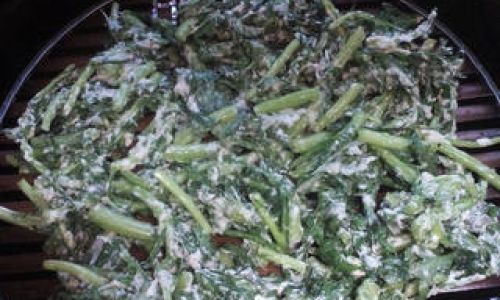
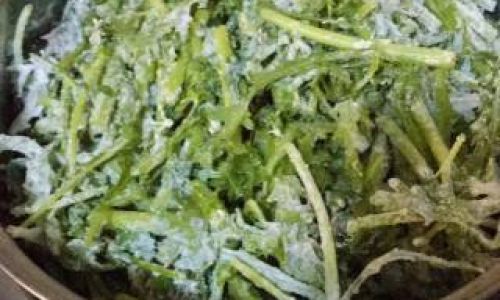
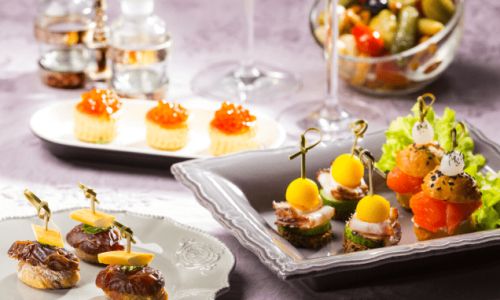
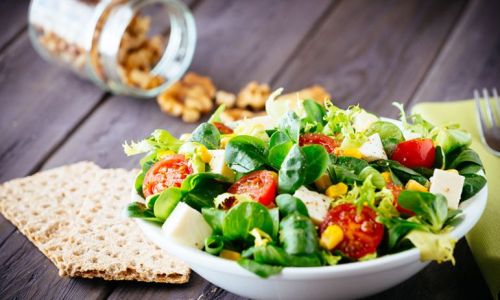
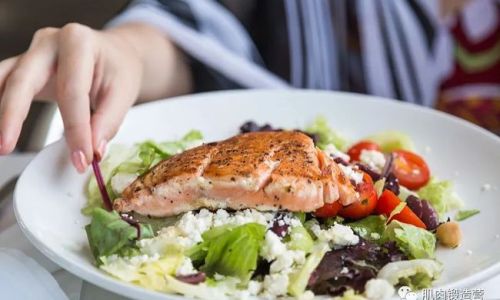
0 comments